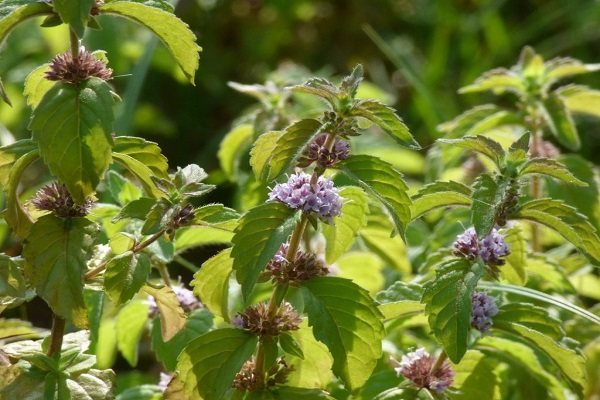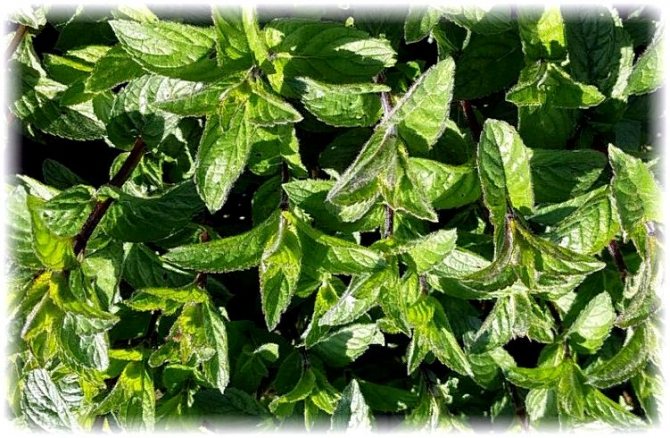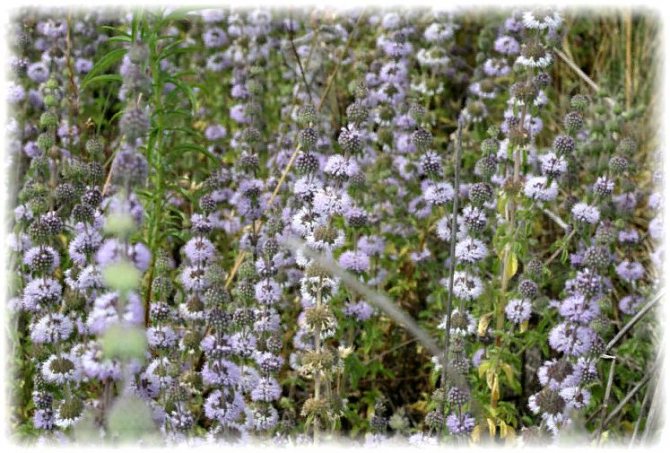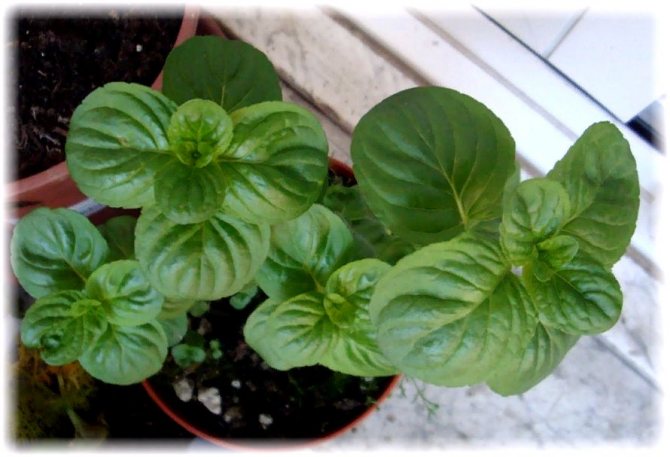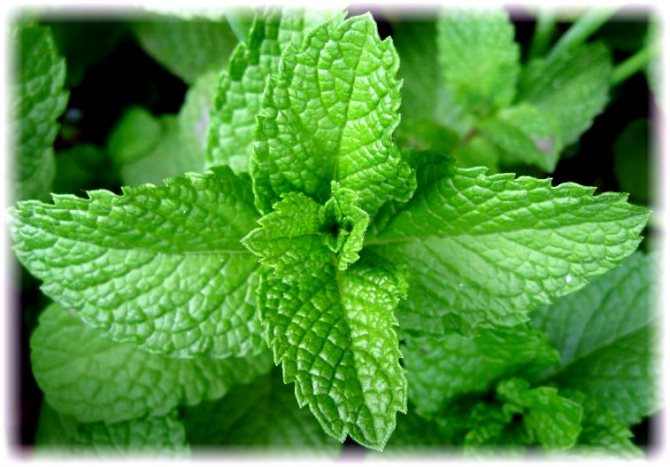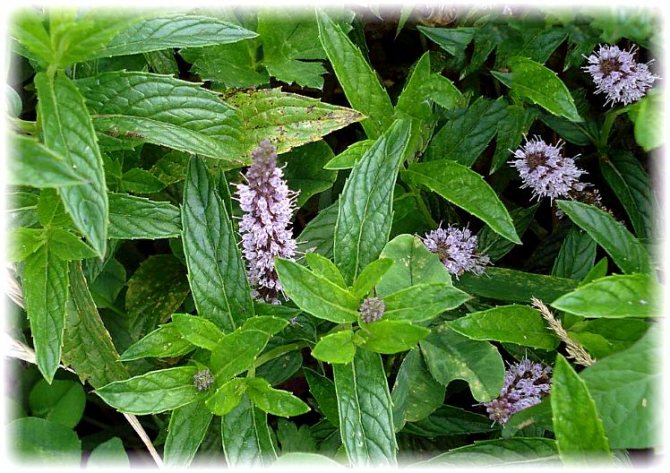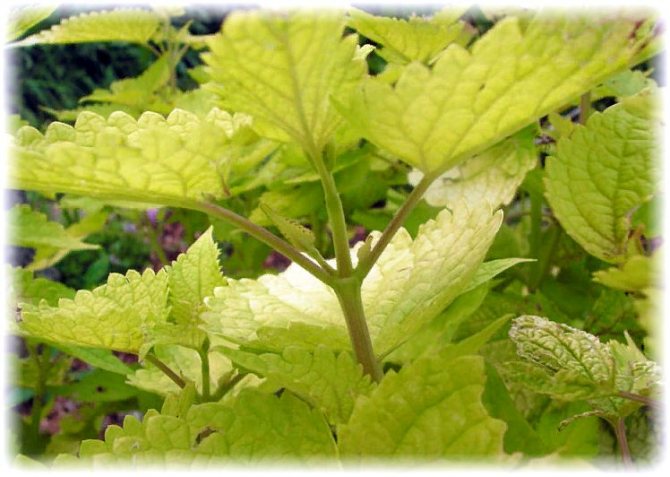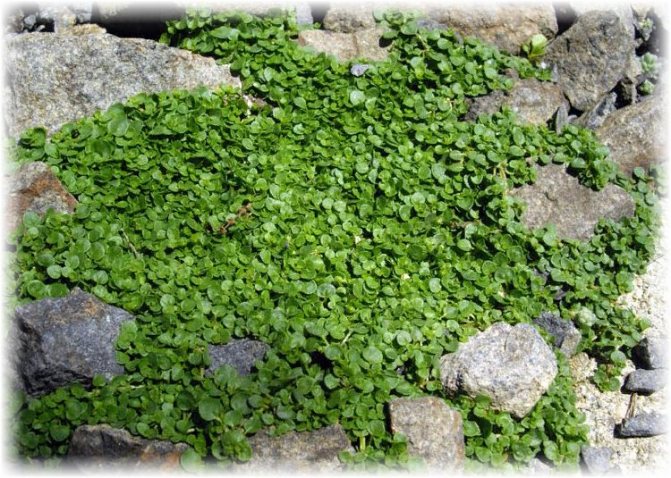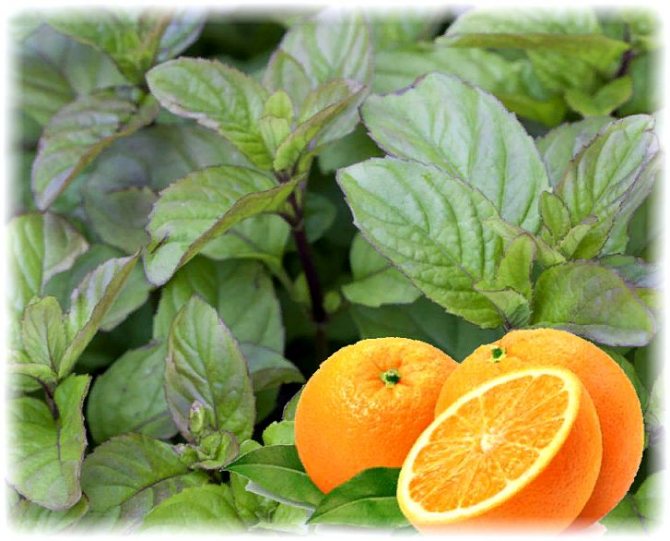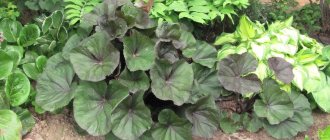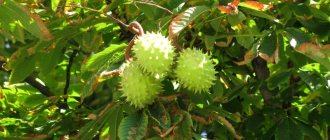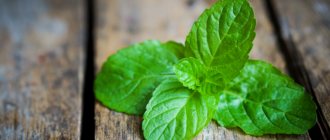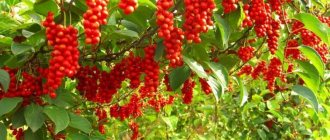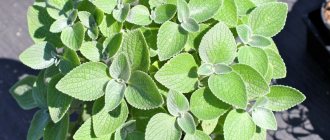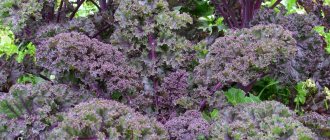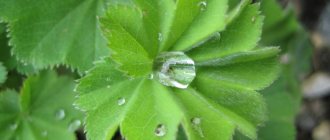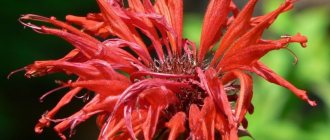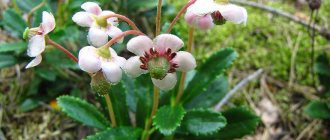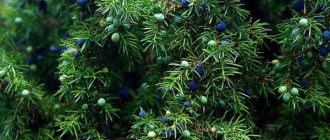Mint, as a medicinal herb, was used as early as 1.5 thousand years BC. All the plants that we call mint belong to the Lamb family (Lipoceae), but not all of them belong to the Mint genus. Almost all of them have a strong aroma due to the high content of various essential oils with high volatility. Today mint is used in medicine, soap making, perfumery, cosmetology, winemaking, cooking, ornamental gardening, and the confectionery industry. In this article, we will consider the most interesting varieties of mint, and also talk about the features of growing this plant in the open field.
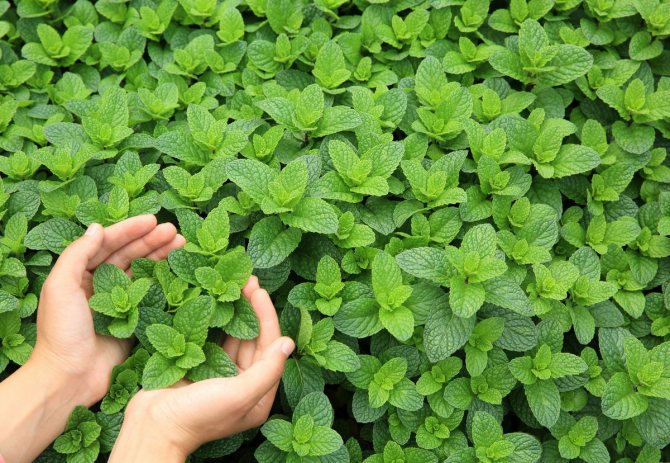
Mint - which one to choose and how to grow?
Biological features of mint
In vivo, the most common field mint (meadow)... Its distribution area covers temperate and warm regions of Russia and other countries. In the wild, mint prefers light or slightly shaded humid places along the banks of rivers, various bodies of water, in damp meadows. Under optimal conditions, mint is characterized by the capture of free, little overgrown with herbs, areas, which is facilitated by a creeping rhizome.
Even without knowing "by sight" this perennial plant, it can be immediately identified by the specific, pronounced smell of menthol. The ground organs of the field mint contain more than 2.5% of essential oils in the leaves and up to 6% in the inflorescences, including menthol and terpenes, as well as other useful substances: organic acids, carotene, flavonoids, vitamins, glycosides, phytosterols, etc.
Field mint is distinguished by a branched tetrahedral stem, covered (not always) with short bristles or softer hairs. Plant height from 10 to 100-130 cm. Leaves of medium size, opposite on short petioles. The leaf blade is ovate-elongated with a pointed apex and serrated edges.
Pollinators are attracted by the pronounced smell of flowers. The flowers themselves are small, pinkish with a lilac tint, collected in a false whorl in the axils of opposite leaves. Long bloom - from June to almost the end of September.
The smell of mint, regardless of the species, drives away mosquitoes. It is enough to rub open places with leaves.
Garden varieties, their varieties and hybrids were obtained from wild mint by the selection method.
Description of the plant
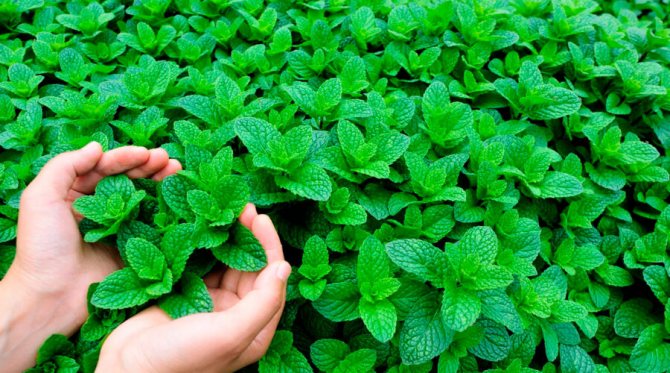

The genus is represented by perennial plants that grow both in the wild and on cultivated lands. On the stems, forming compact bushes, inflorescences of small flowers are formed. The most decorative phase continues throughout the summer. All varieties of mint - Penniroyal, Spirminth and others - vary in height. Bushes can grow from 30 cm to 1 m, and the shoots of some species can grow even higher.
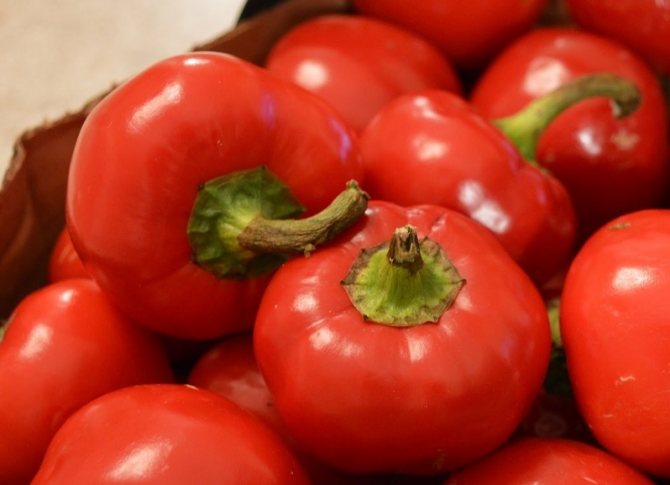

Garden species and varieties of mint for growing
Peppermint
Among the cultivated mint, the most famous peppermint (hybrid of water mint and spikelet). They called it peppery for a burning taste that causes a sensation of a "burn" on the tongue when chewing on a green leaf.
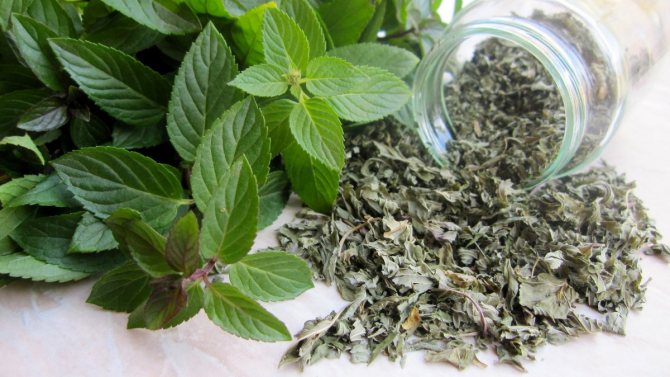

Peppermint (Mentha piperita).
Has a pronounced menthol aroma. Attracts bees and bumblebees. It is a good honey plant. In appearance, it resembles field mint, but more branched and taller.
At home it is used in cooking in the preparation of confectionery products, sauces, as a flavoring for fruit drinks, compotes, other drinks and tinctures. It is widely used in folk medicine: a sedative for hypochondria and hysteria, for nervous and heart diseases, for rheumatism, as a mild choleretic, relieves toothache, etc.
Peppermint is used for the production of menthol and essential oil used in the medical, pharmaceutical, perfumery and cosmetic industries.
At the same time, peppermint has contraindications for use with low blood pressure and varicose veins.
Menthol mint
It is a kind of pepper. The main distinguishing feature is even greater concentration of menthol than in peppermint, which gives the plants a pungent, persistent odor. The use is the same as for peppermint.
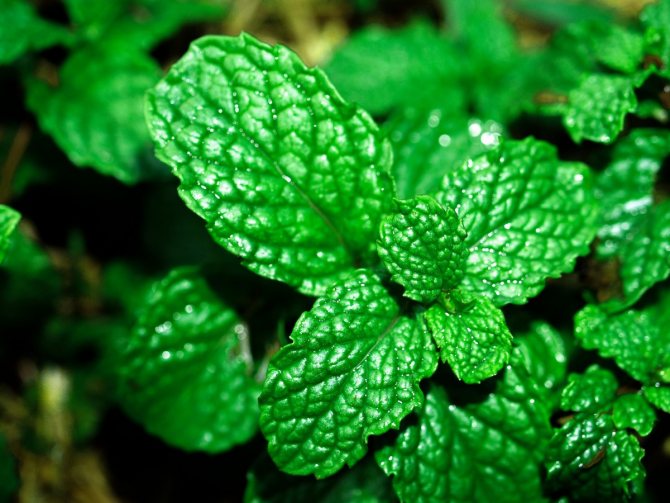

Menthol mint. <>
Menthol mint is also more resistant to pests and diseases. It tolerates autumn-winter temperature changes well.
On an industrial scale, menthol mint is grown for use in cooking and cosmetology. It is this mint that is usually used to make mojito. In medicine, it is in demand as a choleretic, anti-inflammatory, for the treatment of bronchitis.
Melissa
Melissa is often called lemon, honey mint or mead... But mint and lemon balm are plants of different genera, albeit of the same family. True, these plants are really very similar, so we could not help but include lemon balm in the list of mint, which we recommend to grow in the country.
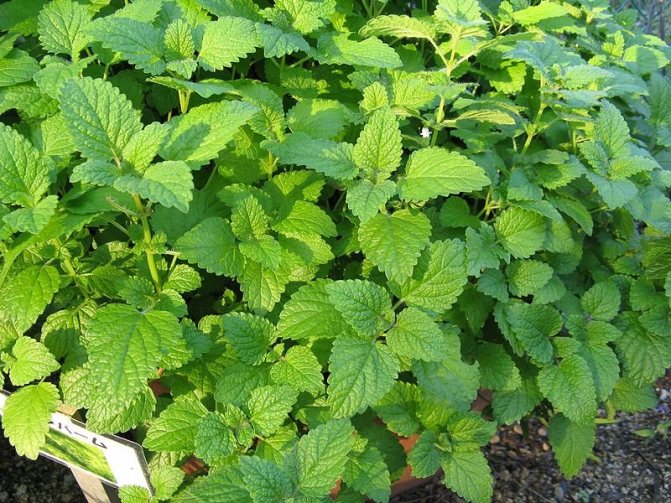

Lemon mint, or Melissa (Melissa officinalis). <>
Melissa has a pronounced lemon aroma with a pleasant refreshing aftertaste. Like peppermint, lemon balm is cultivated as a good honey plant. This is a favorite plant of bees, for which the name has stuck among the people. swarm or apiary.
For its high taste, aromatic and medicinal properties, lemon mint is considered one of the most valuable species of the family. At home, lemon mint is used for stomach atony, as a sedative. Broths are used for dizziness, nervous breakdowns, rheumatic attacks, as a mild choleretic.
The substances contained in the leaves and inflorescences of lemon balm provide antimicrobial, anti-inflammatory activity, have an antipyretic effect, normalize and maintain the normal function of the male gonads (a kind of aphrodisiac).
In the household, in addition to medical and health-improving methods, it is used in seasonings, salads, soups. It is included in homemade liqueurs and is especially often used as a spicy addition to tea leaves.
Unlike plants of the genus Mint, the leaves of lemon balm, which belongs to the genus Melissa, are round-ovate, with marginal denticles, long-petiolate, bright green. They often grow in rounded perennial bushes. Melissa blooms in summer (June-July).
Curly mint
Among the people, curly mint has several names - curly, spike-shaped, spring, garden... It differs from other species by an unusually strong odor, but without the cooling menthol aftertaste.
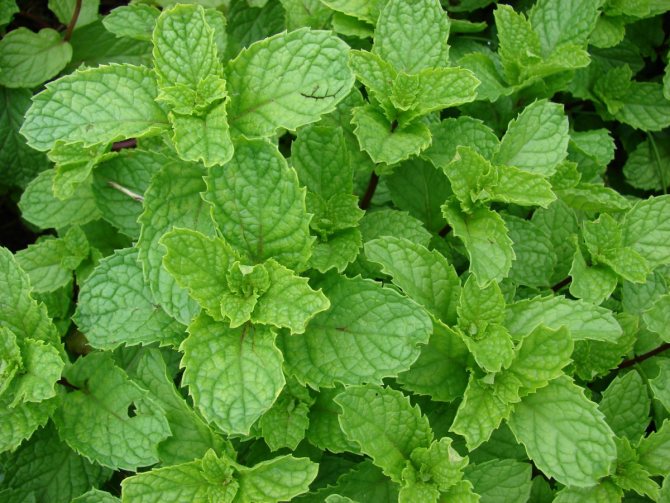

Curly mint, or spicate (Mentha spicata).
Curly mint contains practically no menthol. It is rich in other essential oils (linalool, carvone), which are valued higher than menthol in some industries.
Curly mint is widely used in soap making, in the tobacco and confectionery industries. It finds its application in medicine and cooking.
Home mint, or Plectrantus
Another plant that belongs to a completely different genus is Shporotsvetnik, but to the same family - Lamiaceae. It has a lot in common with mint, which is why the people most often call room or home mint.
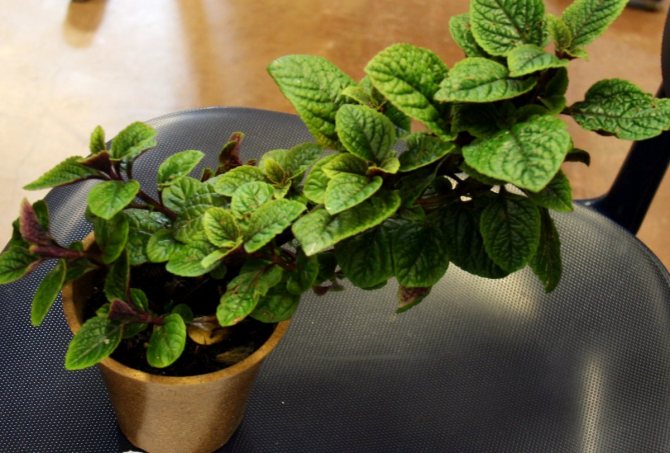

Home mint, or Plectranthus (Plectranthus).
Under natural conditions, the distribution area is limited to the tropics and subtropics.In temperate regions, it can only be grown as a houseplant. We included homemade mint on our list because it really is worth growing, even if not in the garden, but at home.
Plectrantus is also called molar tree. This plant does not like moths and mosquitoes. Housemint contains complex essential oils that give them a pleasant mint aroma. The room does not require a special humid microclimate. With proper care, it will decorate your kitchen window and dishes for at least 5 years.
Read more about growing plectrantus in the article Plectrantus, or Indoor mint - home care.
Other types of mint
In addition to the above, in natural conditions and in the gardens of Russia and neighboring countries, cat, Korean, dog, marsh, chocolate, ginger and other plants of the extensive Yasnotkov family grow.
Mint may not have a pronounced mint smell, but it has a number of other valuable qualities and is used in a decorative landscape (shrub forms), for gardening flower beds.
Korean mint used in North Asia as a medicinal plant with anti-aging properties, it has a positive effect on the recovery of the liver, restoration of the immune system.
Dog mint, or ivy budra common in Eurasia. It is a good honey plant, providing bees and bumblebees with fragrant nectar in the first half of summer. It is widely used as a medicinal plant.
Catnip, or Catnip it has a peculiar aroma that attracts the feline family. It grows everywhere like a weed, but it is used in perfumery, medicine, soap making, and confectionery. In folk medicine, catnip has found use for headaches, for cleansing the skin for skin diseases, with nervous exhaustion, and gastrointestinal diseases.
In general, whatever mint you choose, it is always healthy, aromatic and beautiful. Next, we will consider the features of growing mint in the open field.
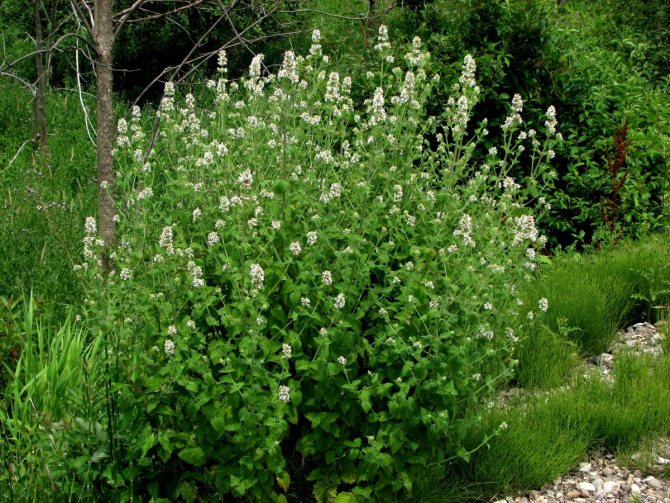

Catnip, or Catnip (Nepeta cataria). <>
Healing properties
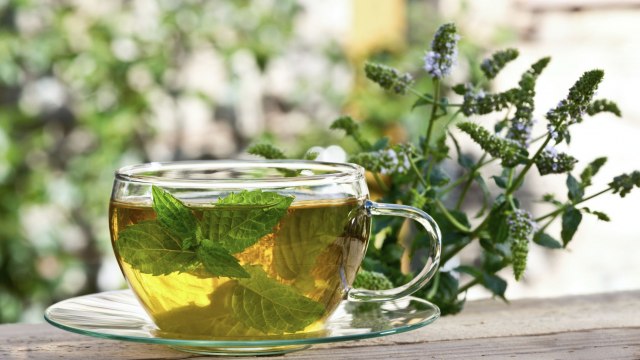

Menthol serves as anesthesia. When applying the mint remedy, menthol affects the nerve fibers, there is a feeling of coldness, a slight tingling sensation. Mint infusions enhance intestinal peristalsis, have an antiseptic effect, relieve pain and relieve spasms in the intestinal tract.
Field mint has a calming, anti-inflammatory, tonic effect. The plant is an antispasmodic, it is able to stop blood, relieve pain, relieve convulsions. Has a diuretic, diaphoretic effect. Peppermint increases appetite, improves the functioning of the digestive system, lowers the acidity of the stomach and eliminates nausea. Mint remedies are used for diarrhea, gastritis, intestinal colic. The herb is used for diseases of the liver and biliary tract.
Mint decoctions are used for colds. The herb helps with coughing, it is used to treat whooping cough, tuberculosis. Mint medicines are prescribed as an expectorant for respiratory diseases. Broths are used during seizures, rheumatism, itching. A moistened cloth in mint infusion is applied to sore spots. At the same time, pain subsides, itching decreases, the medicine acts as a sedative and healing agent. Mint teas are drunk at night, they help with insomnia.
Peppermint is used to treat the following conditions:
- angina pectoris;
- with diseases of the gastrointestinal tract;
- with liver disease;
- migraine;
- with neuralgia;
- dermatitis;
- stomatitis;
- ARI, ARVI, flu;
- tuberculosis;
- whooping cough;
- with heart problems;
- with uterine bleeding, cervical erosion;
- pancreatitis;
- skin diseases.
Important!
It is necessary to use mint remedies in moderation, an overdose leads to a negative effect on the body.
Growing mint at their summer cottage
Seat selection
Mint is a very aggressive plant.Its root system is able to fill the garden in a short time. Having decided to grow mint in your garden, you need to take some measures to limit its spread.
It is better to protect the place reserved for mint with slate or other materials at a depth of at least 30-40 cm. Some gardeners advise growing mint in old vapors, buckets, pots, and basins.
It is better to choose a sunny place. This promotes the formation of more essential oils. Mint does not tolerate flooding, it develops well on neutral soil (acidity 6-7 units).
The prepared site is dug up in the fall (it is possible in early spring), it is well leveled. If necessary, apply nitrogen-phosphorus fertilizers (any that are on the farm) at the rate of 1-2 tablespoons without top per sq. m area. If the site is fertile, no fertilization is needed.
Mint propagation methods
Peppermint can be propagated in a number of ways, of which the following are the most common:
- seeds;
- dividing the rhizome;
- cuttings.
Experienced gardeners also use rooting of leaves or petioles. The last two methods cause certain difficulties for beginners, so we will focus on the first three methods.
When seed propagation, it must be borne in mind that mint seeds are very small. Seeds are sown in the upper 1 cm layer of prepared moist soil in the second half of April. Sown in summer and autumn, seedlings take root worse.
It is more practical to sow seeds for seedlings and then plant the seedlings in open ground. A high-quality seedling before planting should have a developed root system, 2-3 pairs of leaves and a plant height of at least 5 cm.Planting is carried out in an ordinary way, leaving 15-20 cm in a row between young seedlings and up to 30-35 cm between rows.
Reproduction dividing the rhizome most acceptable. Doesn't require special skills and time consuming. In May, the rhizome with the aboveground mass is carefully dug up. Divide the rhizome, depending on the size, into several parts so that each has at least 5-10 growth buds.
The prepared material is planted to a depth of 8-12 cm in an ordinary way. In a row, a distance of up to 15-20 cm is left, and in row spacings - 30-35 cm.Previously, humus or wood ash is introduced into each planting hole, which are immediately mixed with the soil. After planting, gently watered with warm water and mulch.
Propagation by cuttings more often used in indoor mint cultivation and in warm southern regions. In the northern regions, especially with late planting, cuttings do not have time to take root and can die with the onset of early cold weather.
Cuttings are cut from the upper part of adult plants 8-12 cm long. The cuttings are lowered 1/3 into the water and wait for the roots to appear. To make the roots appear faster, add "Kornevin" or "Heteroauxin" to the water.
Rooted plants are planted in flower pots of 3-5 pieces and exposed to diffused light (windows on the sunny side are covered with paper). The soil in the pot is kept moist (not wet). Mint does not need additional dressing if the soil for planting was well filled with fertilizers or planting was carried out in specially prepared soil (you can buy it in the store).
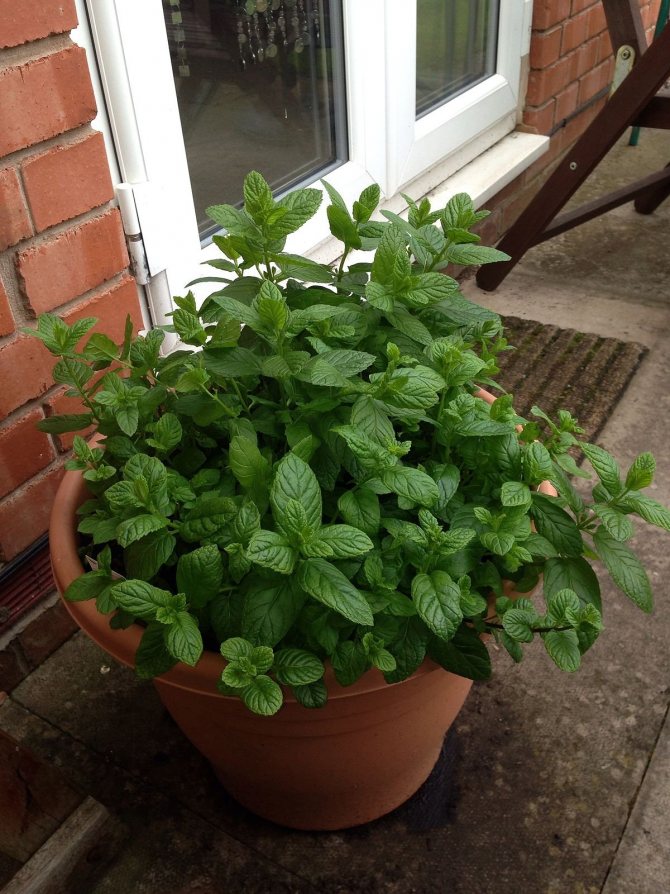

Mint can be successfully grown in a container. <>
Features of caring for mint plantings
Mint does not need much maintenance. In the open field, the mint bed must be kept moist by watering through a fine sieve or spray bottle, especially while the plants are young with fragile stems.
Since watering is carried out at a small rate, it is necessary to mulch the soil with fine mulch (you can use sand, ash, mature compost or humus mixed with soil). With high humidity, mostly in shaded areas, mint is often affected by fungal diseases and has a less pronounced aroma.
It is enough to fertilize mint once a year, preferably in autumn, in minimal doses (for 1 sq. M. 1-2 tablespoons of nitroammofoska or other complete fertilizer).
Planting mint must be constantly weeded out. To make the bushes compact and more leafy, the tops of young plants are pinched. This technique stops the growth of mint in height and helps to increase the tillering of plants.
To prevent mint from growing, you need to thin out the beds in the fall, making room for young sprouts and replanting to a new place after 3-4-5 years.
In spring, mint bushes are cut at the root (before the leaves bloom). After pruning, the bush rejuvenates, becomes more lush, more young leafy shoots appear.
When to plant mint
Before you start planting mint, it is recommended to determine the optimal time for planting it. Experts recommend planting the plant in late spring or in the second half of summer. In early spring and in the middle of summer, planting is not worth it, since the material will grow poorly due to spring frosts and summer heat.
If the bushes will be grown in a greenhouse, then the planting dates can be postponed to any other month. With this method of growing, too high or low temperatures outside will not affect the planted seedlings in any way.
Read more: Livestock: goat breeding
Disease and pest control
On plantings of mint, it is strictly forbidden to use pesticides to protect against diseases and pests. Therefore, when growing mint, you need to comply with all the requirements of agricultural technology, carefully monitor the condition of the bushes during the growing season and take timely preventive measures.
Mint is susceptible to fungal diseases (powdery mildew, rust, etc.). To exclude the possibility of being affected by diseases, it is necessary:
- observe a rarefied landing mode;
- carry out annual thinning of bushes;
- loose planting in a timely manner and keep clean from weeds;
- do not flood the bushes when watering, keep the soil moist (avoid stagnant water).
If, during the inspection of the bushes, sick people are identified, they are immediately removed and burned.
Of the pests, mint is often attacked by aphids, spider mites, mint flea beetles, leaf rollers, etc. The main activities are reduced to a systematic examination of the bushes and the removal of their damaged parts. If the entire bush is affected, the latter is removed and burned.
From preventive measures, mint can be sprinkled:
- soapy water;
- ash extract solution;
- aphids do not tolerate apple cider vinegar (solution of 1 tablespoon of apple cider vinegar in 1 liter of water, mix and sprinkle plants in cloudy weather);
- an aqueous infusion of horse sorrel roots or dandelion leaves (300-400 g of plant material per 10 liters of water, leave for 3 hours, drain).
The main condition for processing mint: the solution must be harmless to people and pets.
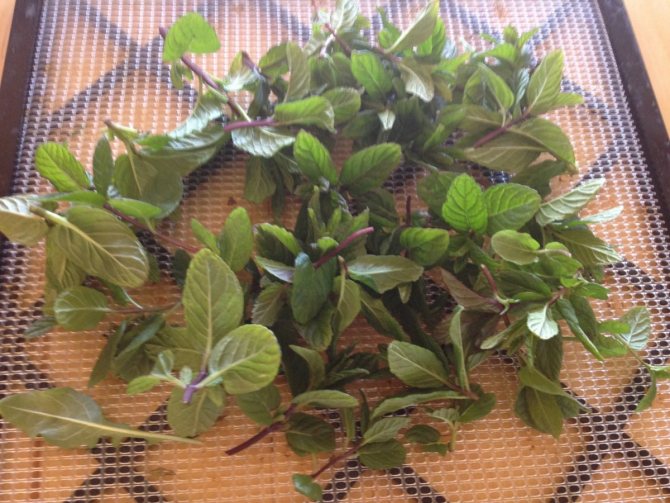

Cutting young stems with leaves can be carried out when the plants reach a height of 10-12 cm.
Application in traditional medicine


Teas, infusions, decoctions of mint are widely used in folk medicine. For migraines, compresses dipped in mint broth are placed on the forehead. Toothache is relieved by mint infusions when rinsing the mouth. They also put shabby fresh mint leaves on the gums, they soothe, reduce inflammation. Heated leaves are applied to the diseased areas with arthritis, skin diseases. Baths with the addition of mint var helps with neuralgia.
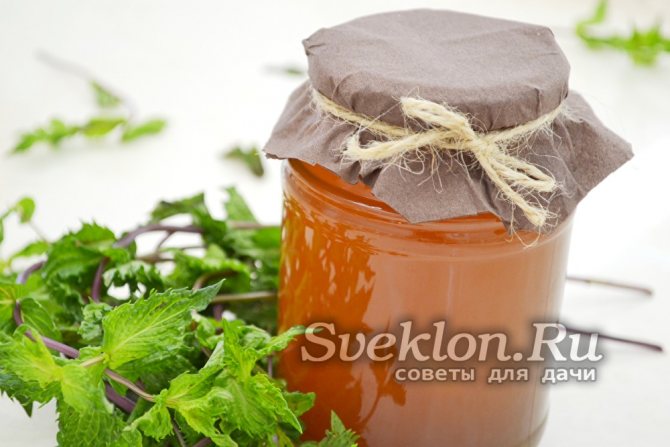

Menthol
Perennial species. Cultivated in home plots. In the wild, it occurs in forest edges and along the shores of water bodies.
The erect stem reaches up to 100 cm. This variety has pointed leaves, have an oblong-ovoid shape (see the photo). At home, it is grown for landscaping the territory and harvesting fees.
In the Voronezh Oblast and Krasnodar Krai, large fields of menthol mint are grown for use in the medical, cosmetic and culinary industries.
It is used in the manufacture of personal hygiene products: toothpastes, shampoos, aftershave balms, shower gels.
It is added as an additional component in the preparation of hot dishes, desserts and drinks. It is part of many medicines.
Possible contraindications
Meadow mint has medicinal properties and contraindications, you need to use the herb in moderation. Babies are not allowed to be treated with peppermint remedies. The menthol included in the composition can cause respiratory arrest. It is advisable not to use drugs with menthol in children under 5 years of age.
Contraindications:
- Field mint is contraindicated for persons prone to allergies.
- Mint infusions and decoctions are not recommended for nursing mothers and pregnant women.
- People with low blood pressure and low venous tone may increase blood pressure when drinking mint teas.
- The herb, with frequent use, reduces sexual function in men.
- You can not use the plant in conjunction with medicines to lower acidity and heartburn.


When using mint remedies, you need to take breaks, the safe use of mint is about a month. In the morning, mint tea invigorates the whole day, while a cool mint compress soothes the skin. Green leaves will decorate your favorite dish and give an original taste to the salad. The field plant is easy to collect and dry, and the healing medicine will last for the whole winter. The main thing is not to abuse the herb, then it will only be beneficial.
Preparation of planting material
It is recommended to prepare the seed in advance so that the mint grows well. For this, a preliminary disinfection of all seeds is carried out. This is done using a weak manganese solution, in which the seeds should be soaked. Soaking the seeds lasts 15-20 minutes, after which all seeds are removed from the solution, washed and dried.
Disinfection is carried out only if self-collected seed is used during planting. If the seeds were purchased from a store, decontamination is not necessary.
